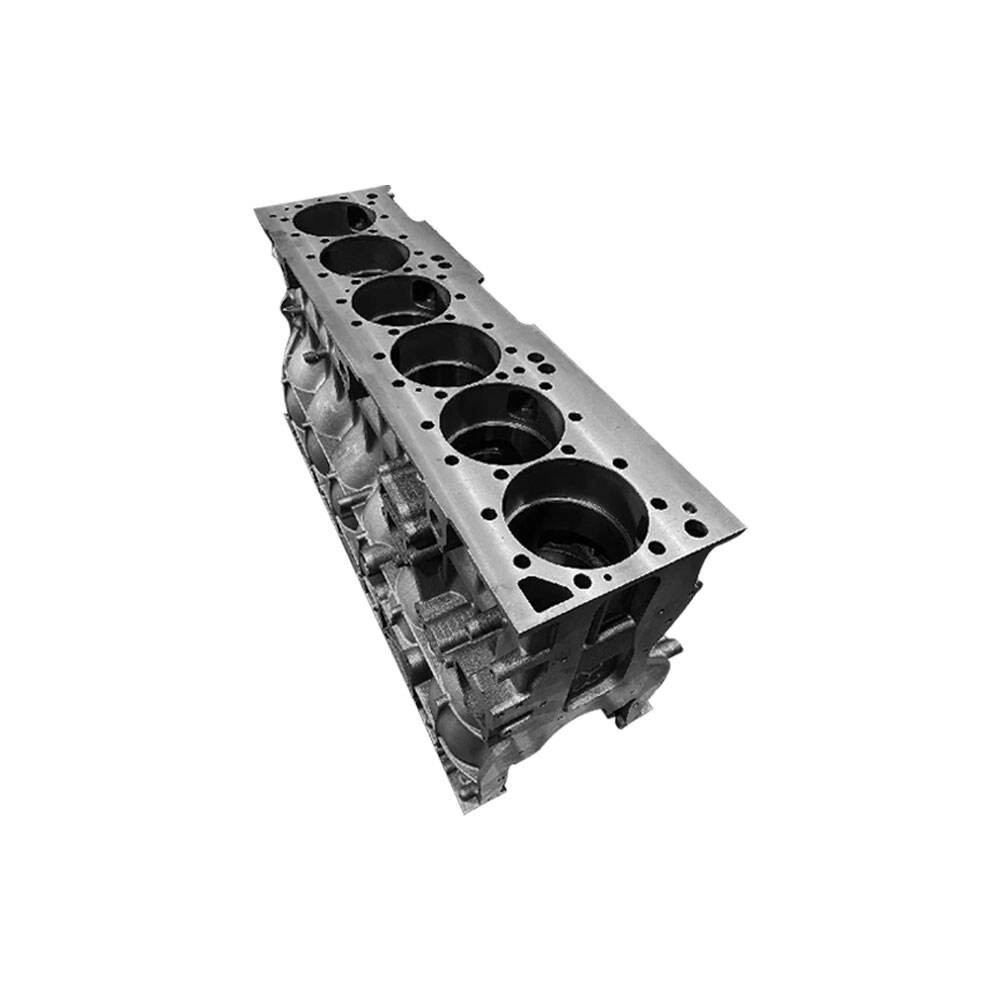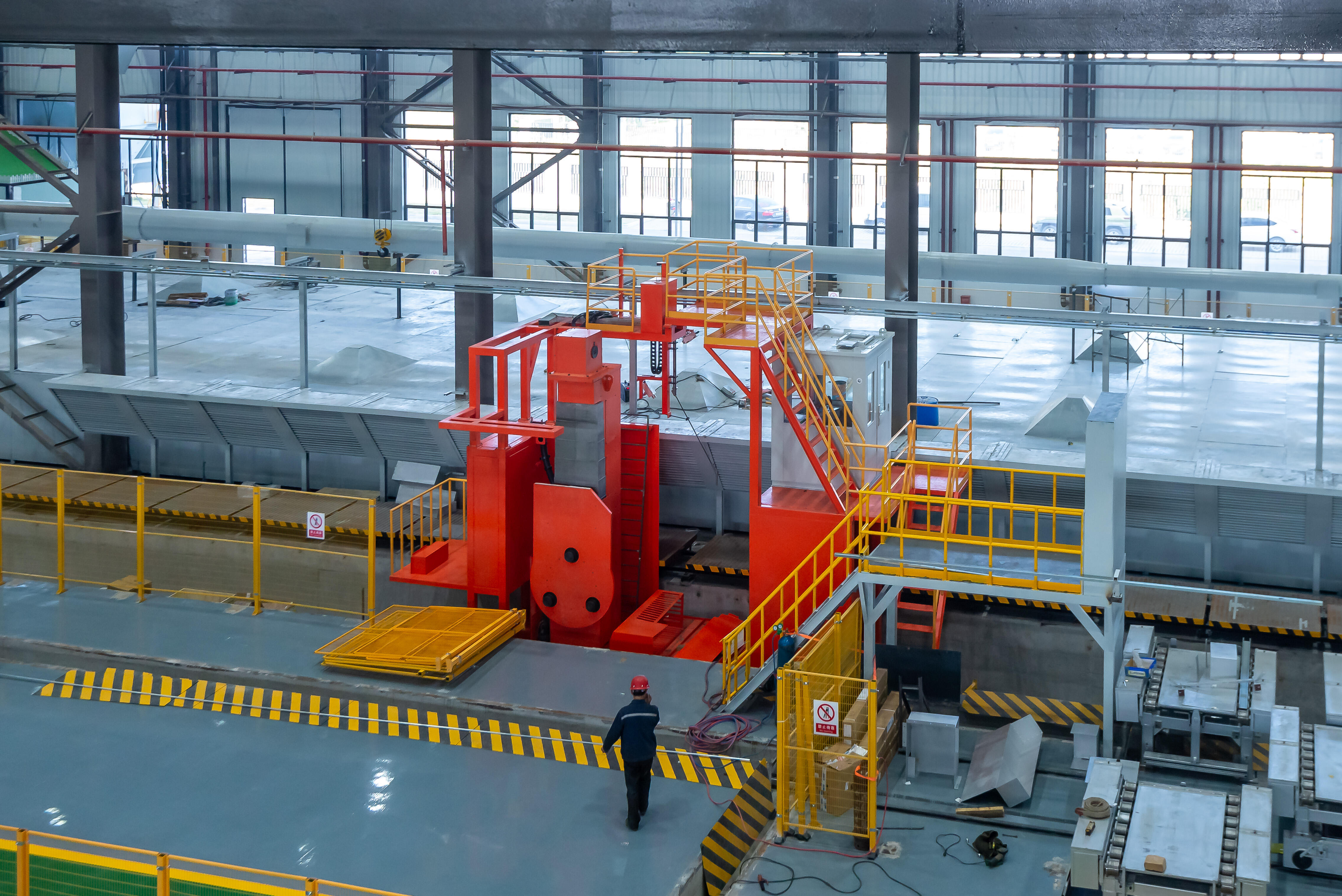cast iron and wrought iron
Cast iron and wrought iron represent two fundamental types of ferrous materials that have shaped human civilization. Cast iron, produced by melting iron and carbon together, contains 2-4% carbon content, making it harder but more brittle. It's created through a casting process where molten metal is poured into molds, allowing for complex shapes and patterns. This material excels in compression strength and heat retention, making it ideal for cookware, radiators, and architectural elements. Wrought iron, in contrast, contains less than 0.08% carbon and is formed through a process of heating and working the metal, resulting in a fibrous internal structure. This process creates a material that's more ductile, malleable, and resistant to corrosion. Wrought iron's distinctive characteristic is its ability to be shaped and worked while maintaining incredible strength, making it perfect for decorative architectural features, gates, railings, and historical restoration projects. Both materials have unique thermal properties, with cast iron providing excellent heat distribution and wrought iron offering superior weather resistance.


